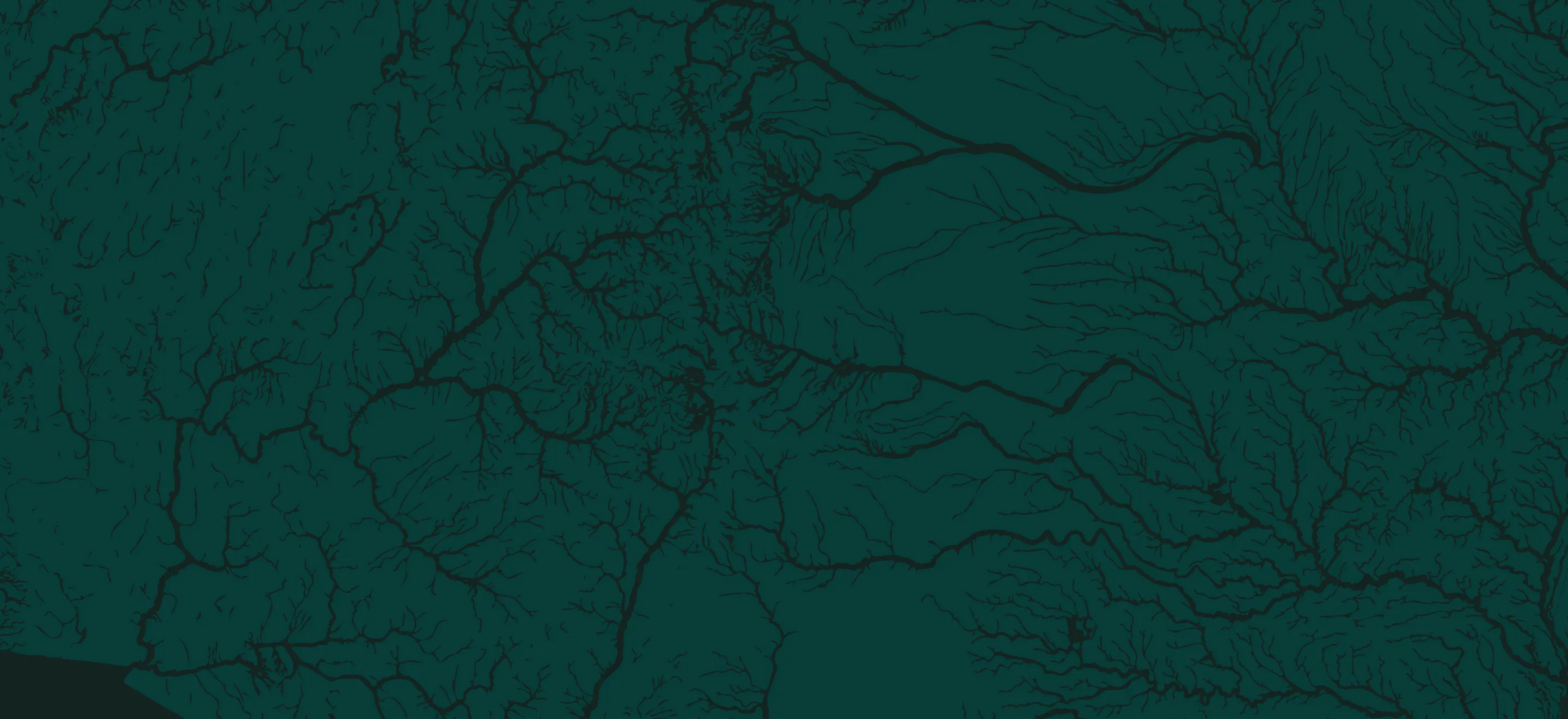Fly fishing with nymphs is a sure fire way to catch more trout. Trout spend most of their feeding subsurface because that is where most of their food lives. If you want to catch more trout, then it is important to learn to fish nymphs as effective as possible. Because over 80 percent of a trout’s diet is consumed underwater, anglers must adapt and learn what happens when a trout is feeding on nymphs.
Here are Seven Tips for Better Fly Fishing with Nymphs
Know the lifecycle of an aquatic insect: “Nymphs” is the generic term for dozens of aquatic insects that live underwater. Nymphs can range from larvae to pupae to freshwater shrimp to the last stage of a hatching insect. When a hatch is about to begin, many nymphs become active with some species migrating towards the surface. It is during this “emerging” stage that trout feed on nymphs that have been dislodged or are floating in the current.
A few patterns can imitate a lot of nymphs: Whittle down your fly selection to include the following: Pheasant Tail nymphs for mayflies; Prince nymphs for caddis and stoneflies; Pat’s Rubberlegs for larger stoneflies; Zebra midges for midges and small mayflies and caddis; and Czech nymphs for scuds and sowbugs.
Beadheads are your friend: In the 1980s beadhead nymphs were revolutionary. These days when fishing nymphs, using a beadhead is standard. Depending on the speed of the water consider using a tungsten beadhead fly—faster water requires a heavier bead.
Weight for it: Because 80 percent of the time most nymphs are near the bottom of the river, adding weight to your leader is crucial. This allows your flies to sink faster and spend more time at the depth the fish are feeding rather than sinking slowly and possibly never getting to the fish before drifting out of feeding range.
Fish with two flies—always: Fishing two flies increases your offering to a hungry trout, plus it adds more weight to your rig which makes your flies sink faster. On rivers with a variety of insect species choose a mayfly pattern such as a Pheasant Tail and stonefly pattern like a Pat’s Rubberlegs.
Open your casting loop: Add up the parts of a standard subsurface nymph rig—a leader, an indicator, weight and two flies and it is going to cast different than a single-fly dry fly rig. It is essential to slow-down the casting stroke by pausing longer before transitioning from back cast to forward cast. A longer pause creates a wider casting loop which reduces the risk of tangling up the rig.
Learn to read water and read it well: When a fish rises to the surface, they give away their location, but when a fish is feeding sub-surface it is very difficult to see them. Nymph fishing requires anglers to study the surface of the water for clues to what the bottom of the river may look like and cast their fly accordingly. Sometimes YouTube videos or reading Dave Hughes’ Reading the Water can unlock many mysteries of subsurface trout lies.
Discover More Ways to Unlock Your Angling Success
How to Find Rivers Near You for Fishing
Five Keys to Planning Your Next Do It Yourself Fishing Trip and How to Make it Your Best One Yet



.jpg)





